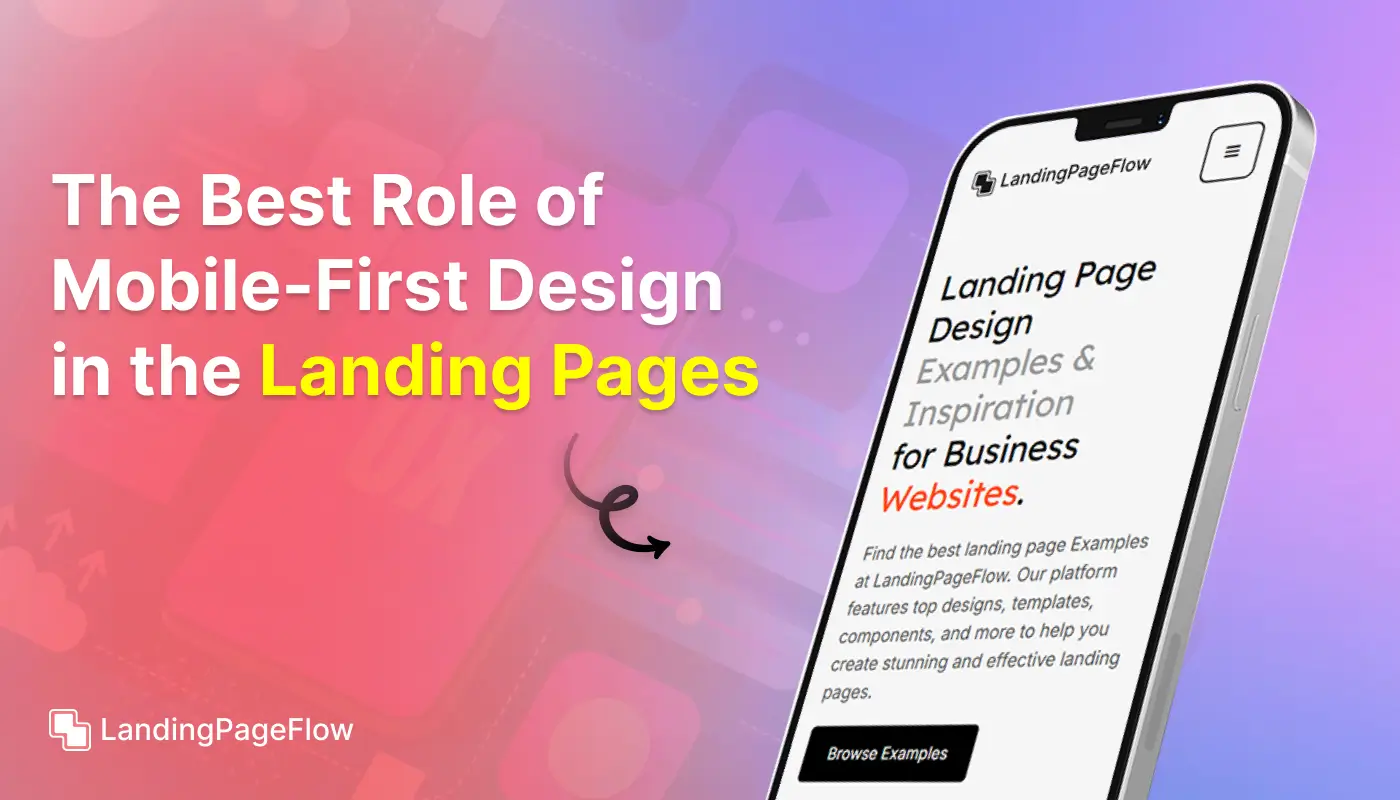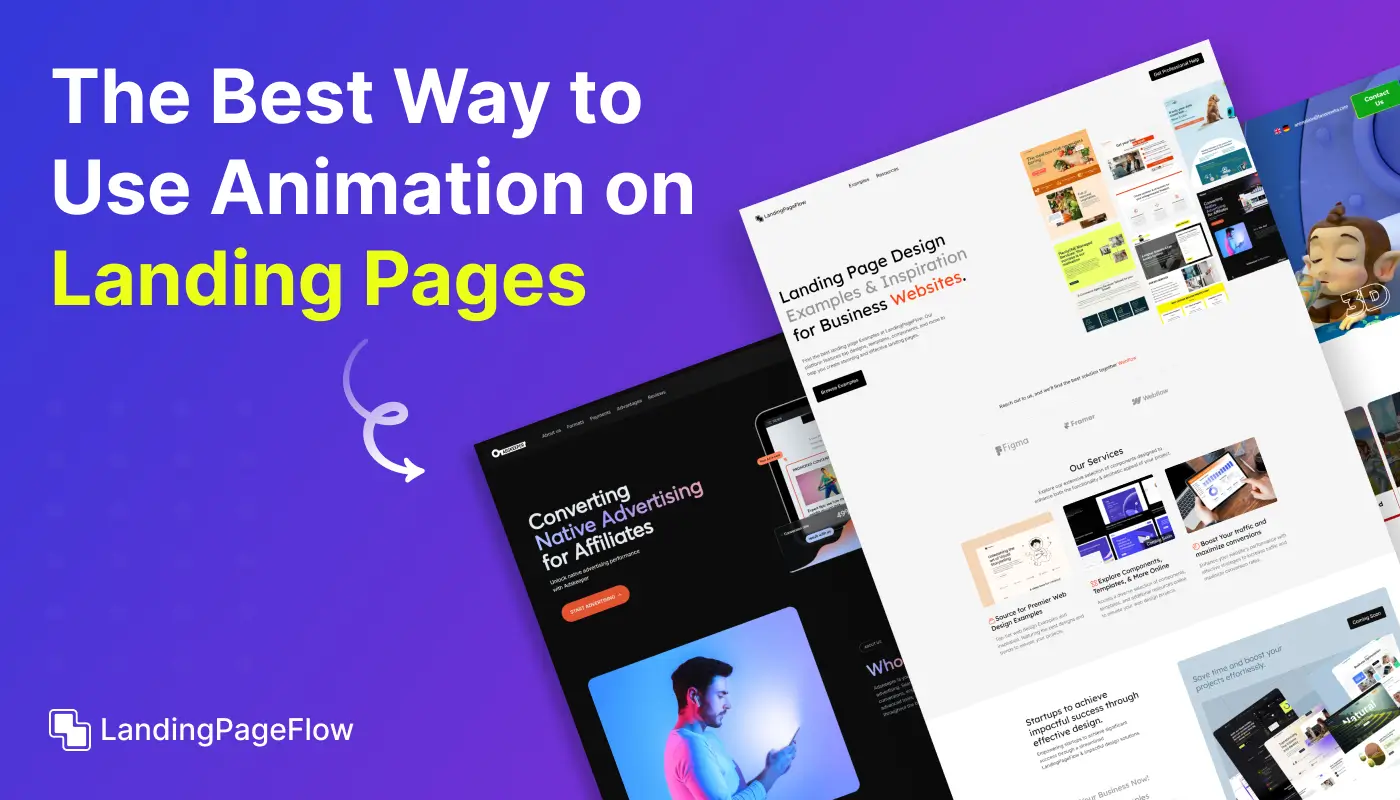Create High-Converting Landing Pages – The Ultimate Guide

November 13, 2025
Beneficial landing pages have the ability to influence readers' initial perceptions and motivate them to take action. Strategic design makes them one of the most useful instruments for development.
High-converting pages go beyond looks and focus on clarity, message alignment, and audience intent. Every element plays a role in how visitors engage.
Conversion success is not about crowding the screen but about balancing content, visuals, and purpose. A clear path helps visitors move forward naturally.
Smart design choices like intuitive layouts, compelling copy, and targeted CTAs lead to meaningful interactions. Each decision supports the bigger picture.
The role of trust and simplicity cannot be underestimated, as users often decide within seconds whether to engage or leave. That choice depends on your design.
By following proven practices, businesses can create pages that consistently turn clicks into clients. The journey begins with building strong foundations.
"Strengthen your digital presence through smarter landing page strategies.
Get a free expert review & see where improvements can be made."
Table of Contents
- Why Choose a No-Code Solution For Landing Pages?
- Key Features That Make No-Code Platforms Stand Out
- Step-by-Step Guide to Creating a High-Converting Landing Page
- Best Practices For High-Converting Landing Pages
- Common Mistakes to Avoid
- Advanced Optimization Techniques for Higher Conversions
1. Why Choose a No-Code Solution For Landing Pages?
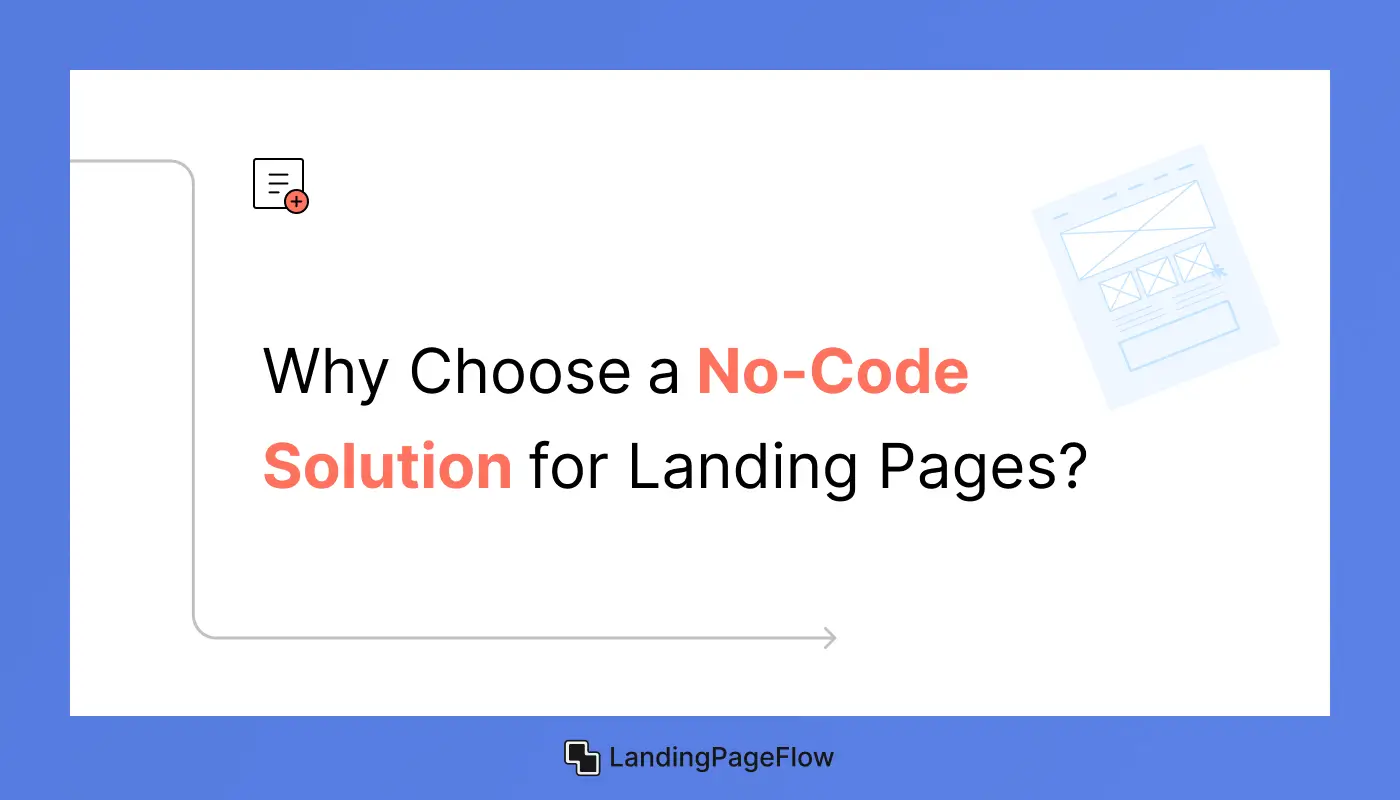
No-code platforms have revolutionized web design, offering a visual-first approach that makes it easy to build and launch professional-looking landing pages. Here’s why a no-code solution is ideal:
- No Coding Required – Design with an intuitive drag-and-drop interface.
- Full Customization – Provides complete control over design and interactions.
- Fast & Responsive – Optimized for performance across all devices.
- Seamless Integrations – Connect with marketing tools like email automation, CRM systems, and analytics.
- Built-In Hosting – No need for third-party hosting services.
- SEO-Friendly – Allows easy metadata customization and structured content for better rankings.
A no-code platform allows businesses to rapidly test and tweak landing pages to maximize their effectiveness, ensuring the best possible return on investment.
2. Key Features That Make No-Code Platforms Stand Out
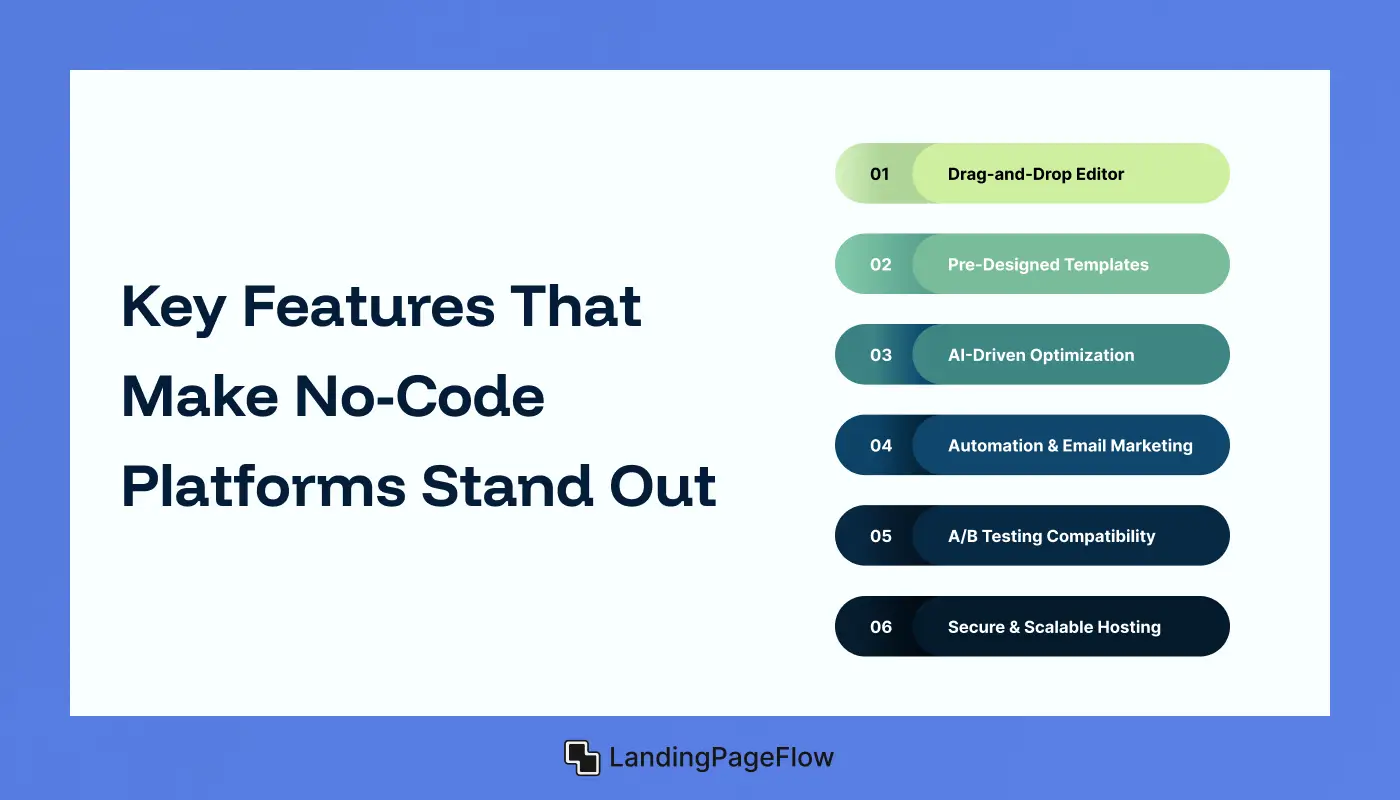
No-code solutions offer features that go beyond basic website builders, making them ideal for creating dynamic, high-converting landing pages:
- Drag-and-Drop Editor: Customize your layout visually without writing code.
- Pre-Designed Templates: Start quickly with professionally designed landing page templates.
- AI-Driven Optimization: Get insights and recommendations for better conversions.
- Automation & Email Marketing: Seamless integration with automation tools.
- A/B Testing Compatibility: Test different versions of your landing page.
- Secure & Scalable Hosting: Ensures fast load times and high performance.
These features allow businesses to design unique landing pages tailored to their audience’s needs, ensuring better engagement and conversions.
3. Step-by-Step Guide to Creating a High-Converting Landing Page
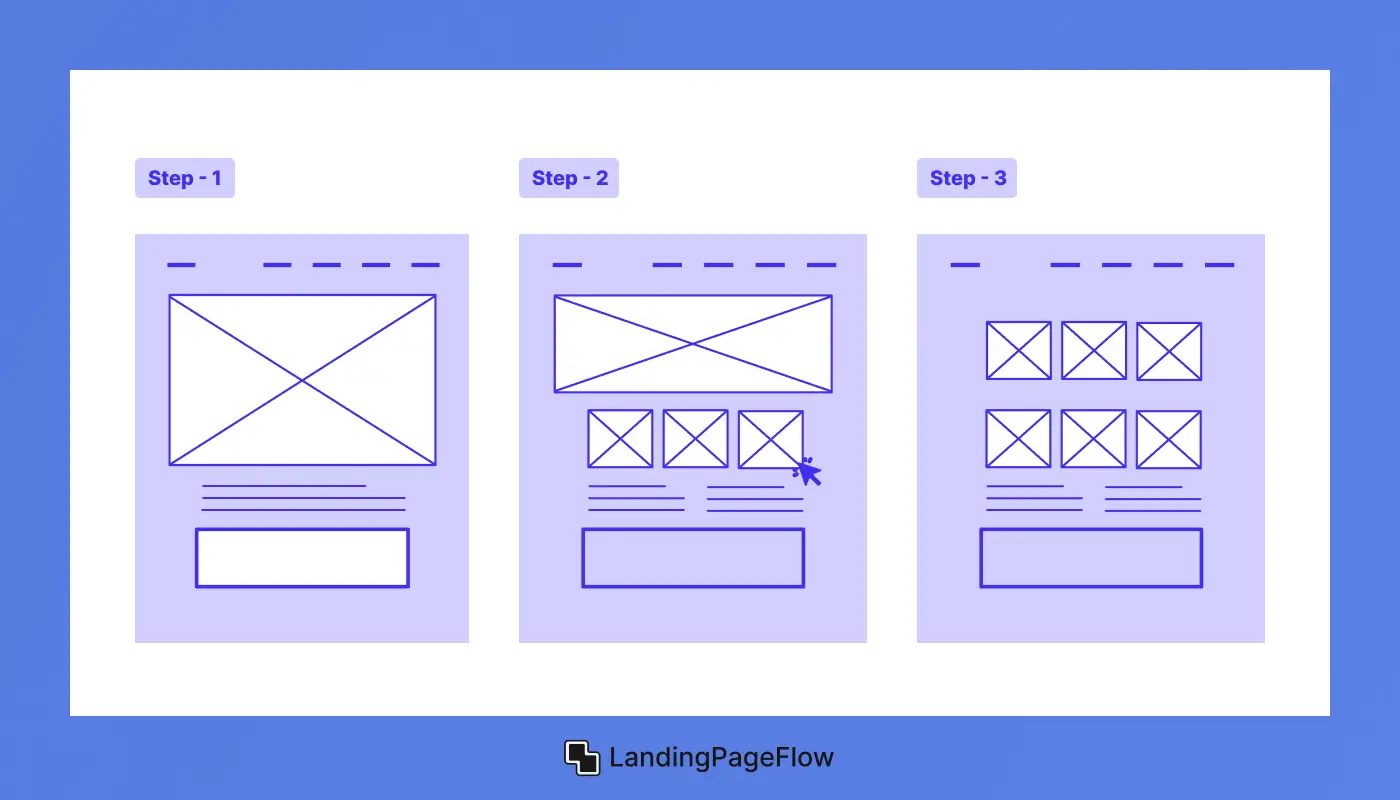
Step 1: Choose a Template
- Select from a variety of landing page templates or start from scratch.
- Ensure the template aligns with your brand identity and campaign goals.
Step 2: Customize Your Layout
- Use the drag-and-drop editor to arrange sections like headlines, images, CTA buttons, and forms.
- Adjust spacing, fonts, and colors to maintain a clean, professional look.
Step 3: Add High-Impact Content
- Write a compelling headline that grabs attention.
- Use persuasive copy to highlight the benefits of your offer.
- Add a clear Call-to-Action (CTA) like “Get Started” or “Download Now.”
Step 4: Optimize for Mobile & Speed
- Use responsive design tools to ensure your landing page looks great on all devices.
- Optimize images and use built-in hosting for fast page load times.
Step 5: Integrate with Marketing Tools
- Connect email marketing platforms to capture leads.
- Add tracking tools like Google Analytics or Facebook Pixel for data insights.
Step 6: Publish & Monitor Performance
- Click “Publish” to launch your page.
- Monitor analytics and A/B test different elements to improve conversions.
With a no-code solution, you can launch a high-impact landing page within hours, not weeks.
4. Best Practices For High-Converting Landing Pages
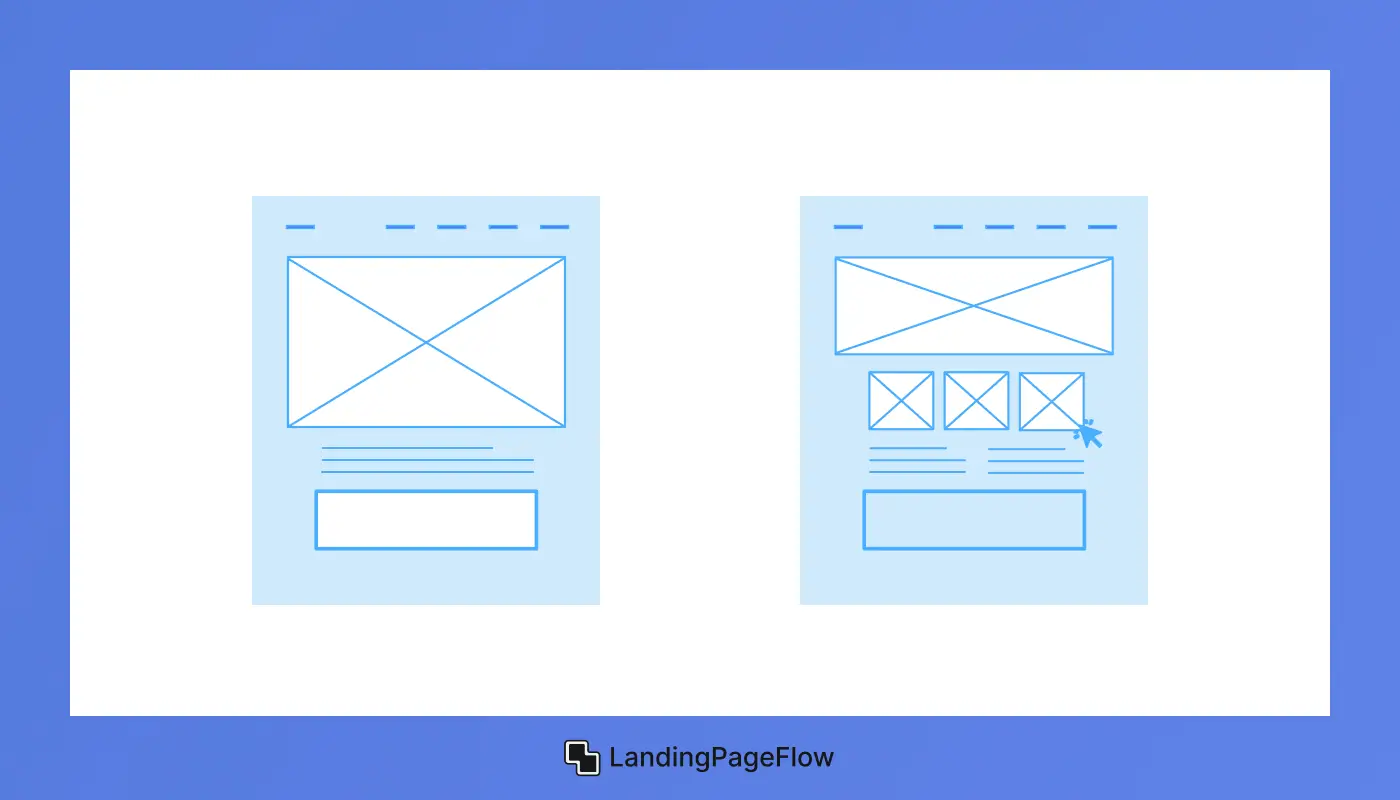
- Keep It Simple – Avoid clutter and focus on a single goal.
- Use a Strong Headline – Clearly state the value of your offer.
- Add Visual Appeal – Use high-quality images and engaging design elements.
- Highlight Social Proof – Include testimonials or case studies to build trust.
- Optimize Your CTA – Use action-oriented language (e.g., “Start Your Free Trial”).
- Make It Mobile-Friendly – Over 50% of traffic comes from mobile users.
- Ensure Fast Load Times – Speed affects both user experience and SEO rankings.
5. Common Mistakes to Avoid
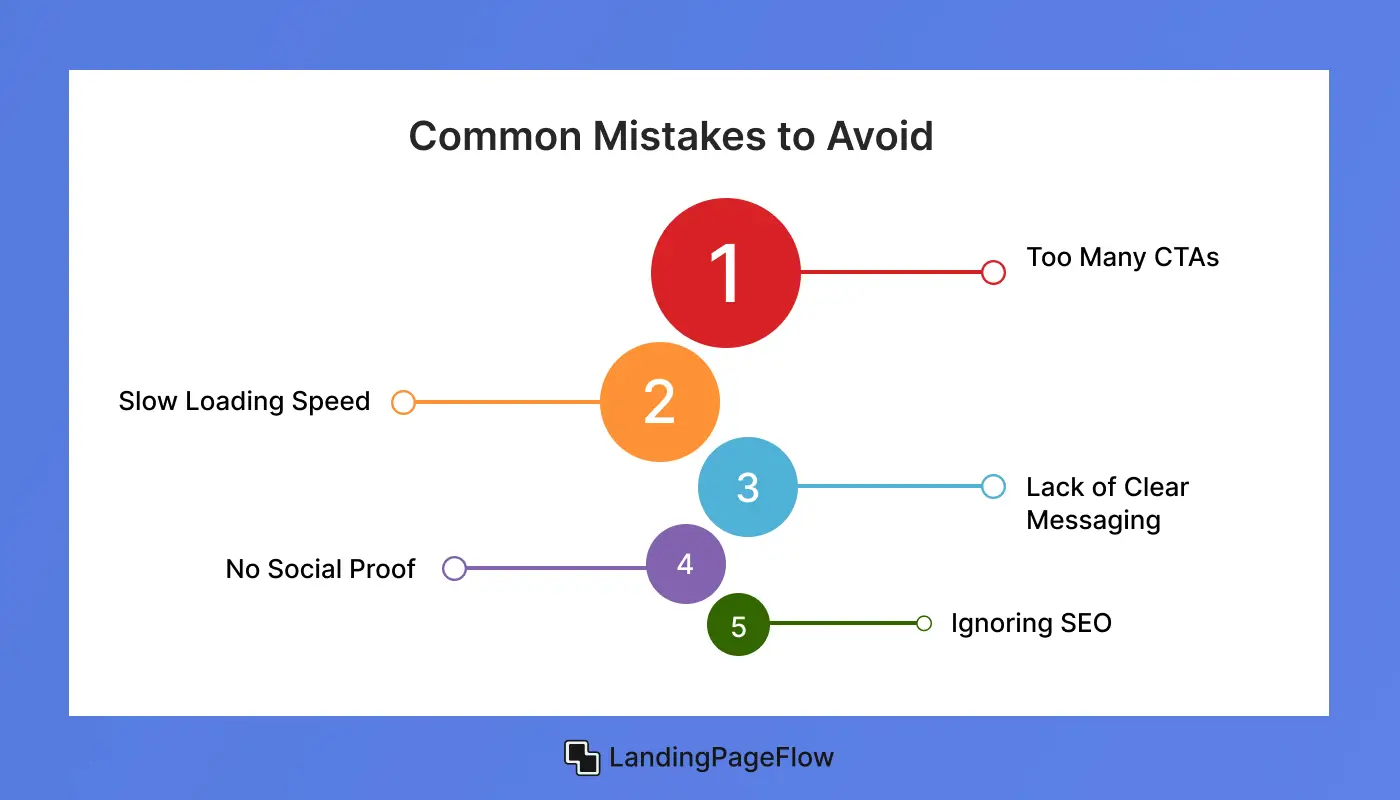
- Too Many CTAs – Stick to one primary call-to-action.
- Slow Loading Speed – Optimize images and avoid excessive animations.
- Lack of Clear Messaging – Your value proposition should be clear at a glance.
- No Social Proof – Missing testimonials or case studies reduces credibility.
- Ignoring SEO – Optimize your landing page with relevant keywords.
6. Advanced Optimization Techniques For Higher Conversions
.webp)
To further improve conversions, consider these advanced tactics:
- Heatmap Analysis: Track visitor behavior to identify high-impact areas.
- Exit-Intent Popups: Capture leads before they leave your page.
- Personalization: Customize content based on visitor demographics.
- Urgency & Scarcity: Use limited-time offers to drive action.
- Retargeting Strategies: Use ads to bring visitors back to your landing page.
Conclusion
Landing pages remain one of the most effective assets for driving measurable results. When crafted with intention, they work as powerful growth engines.
The right mix of design, messaging, and flow builds confidence and nudges users toward action. Each small detail contributes to overall performance.
Modern audiences seek clarity and quick value, meaning every second counts. Pages designed for focus will always outperform cluttered alternatives.
Businesses that adapt proven methods see stronger engagement and improved conversion rates. A consistent approach ensures long-term benefits and brand strength.
Clear strategies backed by thoughtful execution transform static pages into active drivers of opportunity. Every optimized landing page becomes a step toward growth.

FAQ
1. What makes a landing page high-converting?
A high-converting landing page delivers a clear value proposition, persuasive copy, simple design, and a focused call-to-action that drives results.
2. How many elements should be on a landing page?
The fewer distractions, the better. Limit navigation, keep the design clean, and only include content that supports the primary goal.
3. Do landing pages help SEO?
Yes, landing pages that target relevant keywords and provide valuable content can rank well, increasing visibility and driving organic traffic.
4. Should every campaign have its own landing page?
Absolutely. Custom landing pages tailored to each campaign improve message alignment and significantly boost conversion potential.
5. How important is mobile responsiveness for landing pages?
Critical. The majority of users access content via mobile devices, making responsive design essential for conversions and user satisfaction.
6. How can I test if my landing page is working?
A/B testing is the best method. By experimenting with headlines, visuals, and CTAs, you can identify what resonates most with your audience.
















